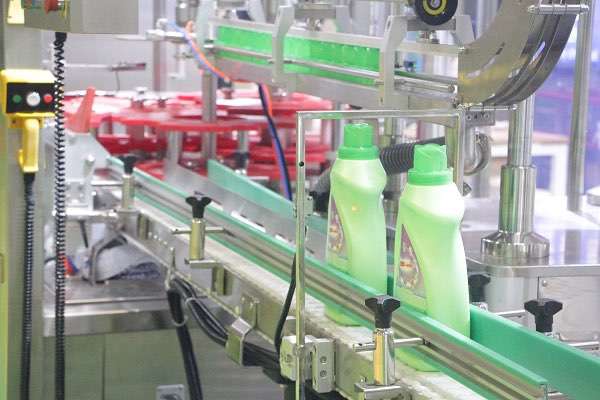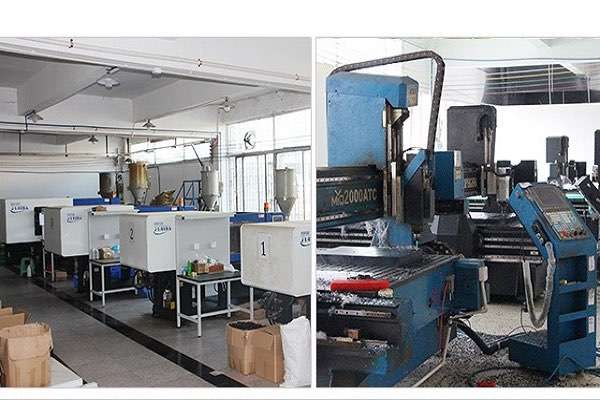| |
Plastic injection mold technology is affected by many factors. As a supplier of plastic injection molds, we have summarized 7 influencing factors.
1. Shrinkage rate
The form and calculation of thermoplastic molding shrinkage areas mentioned above. The factors that affect thermoplastic molding shrinkage are:
In the molding process of plastics, thermoplastics, due to the volume change caused by crystallization, strong internal stress, large residual stress frozen in the plastic part, strong molecular orientation, and other factors, so compared with thermoset plastics, the shrinkage rate is larger. , The shrinkage rate is wide and the directionality is obvious. In addition, the shrinkage after molding, annealing, or humidity conditioning is generally larger than that of thermosetting plastics.
The characteristics of the plastic part. When the molten material is in contact with the cavity surface, the outer layer immediately cools to form a low-density solid shell. Due to the poor thermal conductivity of the plastic, the inner layer of the plastic part is slowly cooled to form a high-density solid layer with large shrinkage.

2. Liquidity
The fluidity of thermoplastics can generally be analyzed from a series of indexes such as molecular weight, melt index, Archimedes spiral flow length, apparent viscosity, and flow ratio (process length/plastic part wall thickness). Small molecular weight, wide molecular weight distribution, poor molecular structure regularity, high melt index, long spiral flow length, low apparent viscosity, high flow ratio, good fluidity, plastics with the same product name must check their instructions to determine whether their fluidity is applicable For injection molding.
3. Crystallinity
Thermoplastics can be divided into crystalline plastics and non-crystalline (also known as amorphous) plastics according to their absence of crystallization during condensation.
The so-called crystallization phenomenon refers to the fact that when the plastic changes from a molten state to a condensation state, the molecules move independently and are completely in a disordered state. The molecules stop moving freely, press a slightly fixed position, and have a tendency to make the molecular arrangement a regular model. This phenomenon.

4. Heat-sensitive plastics and easily hydrolyzed plastics
Heat sensitivity refers to the tendency of certain plastics to be more sensitive to heat. When heated at high temperatures for a long time or the feed port section is too small, when the shearing effect is large, the material temperature increases and the tendency of discoloration, degradation, and decomposition occurs. Plastic is called heat-sensitive plastic. Such as hard PVC, polyvinylidene chloride, vinyl acetate copolymer, POM, polychlorotrifluoroethylene, etc.
5. Stress cracking and melt fracture
Some plastics are sensitive to stress, and are prone to internal stress during molding and are brittle and easy to crack. Plastic parts crack under the action of external force or solvent. For this reason, in addition to adding additives to the raw materials to improve crack resistance, attention should be paid to drying the raw materials, and the molding conditions should be selected reasonably to reduce internal stress and increase crack resistance.
6. Thermal performance and cooling rate
Various plastics have different specific heat, thermal conductivity, heat distortion temperature, and other thermal properties. Plasticizing with high specific heat requires a large amount of heat, so an injection molding machine with large plasticizing capacity should be used.
7. Hygroscopicity
There are various additives in plastics, which make them have different degrees of affinity for moisture. Therefore, plastics can be roughly divided into two types: moisture absorption, moisture adhesion, and non-absorption, and non-stick moisture. The water content in the material must be controlled within the allowable range. Otherwise, the moisture will become gas or hydrolyze under high temperature and high pressure, which will cause the resin to foam, decrease the fluidity, and have the poor appearance and mechanical properties.
The above are the 7 influencing factors of the plastic injection mold process. If you have other questions, please contact plastic injection molds suppliers.
|
|

